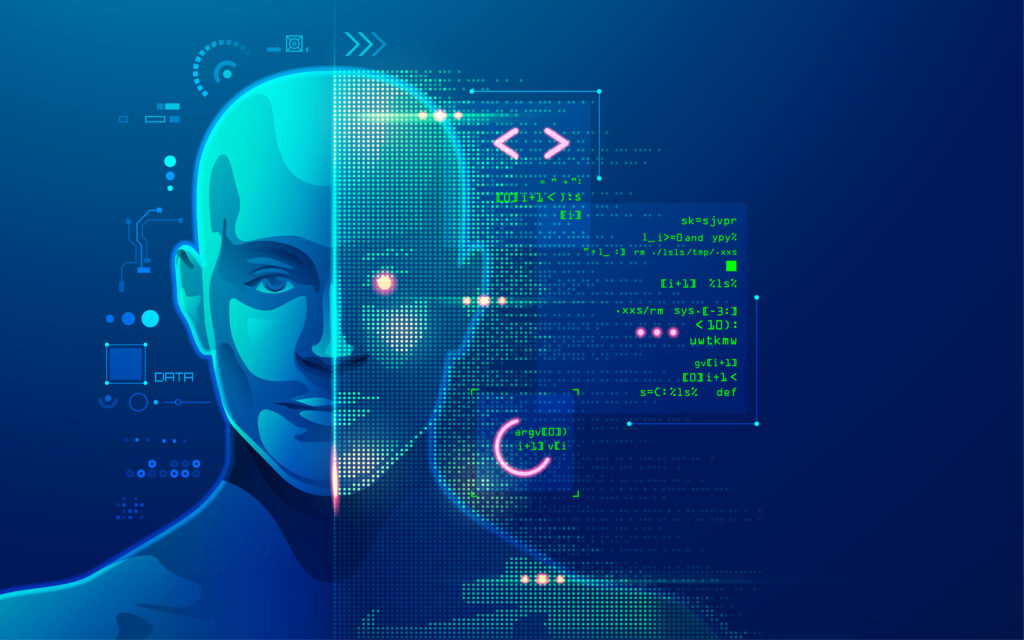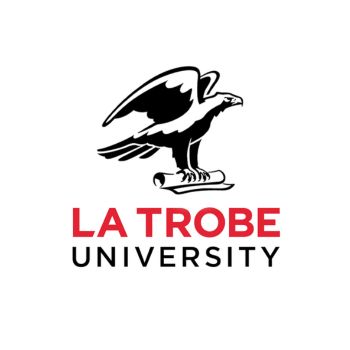In this read, you’ll see the best deep learning project ideas. Get the details of all short-term courses on deep learning by various institutes and companies!
About Deep Learning
Deep learning is a category of machine learning that uses multiple layers of artificial neural networks to model and solve tricky problems. Inspired by the human brain’s structure, responses and function, these neural networks are designed to learn and recognize significant patterns.

- Deep learning models are trained on large amounts of data and can automatically extract relevant features from the data without human intervention.
- This allows deep learning models to be used in various applications, such as image & speech recognition, natural language processing, autonomous vehicles, and games like chess and Go.
One of the critical advantages of deep learning is its ability to scale with data. - As more data is gathered, deep learning models can be retrained to improve their accuracy and performance.
- As a result, deep learning is beneficial in domains with large amounts of data, such as healthcare, finance, and social media.
Deep Learning Project Ideas
- Image Classification: Build a deep learning model to classify images based on their content. You can use popular datasets like CIFAR-10, ImageNet, or MNIST.
- Sentiment Analysis: Build a deep learning model to classify text as positive, negative, or neutral. This can be useful for analyzing product reviews or customer feedback.
- Speech Recognition: Build a deep learning model that can transcribe spoken words into text. You can use datasets like LibriSpeech or Common Voice.
- Object Detection: Build a deep learning model that can detect objects in an image and label them. You can use popular datasets like COCO or PASCAL VOC.
- Time Series Prediction: Build a deep learning model that can predict future values of a time series. This can be useful for predicting stock prices or weather patterns.
- Text Generation: Generate new text based on a given prompt based on a deep learning model. These tech tools can help generate product descriptions or news articles.
- Anomaly Detection: Build a deep learning model that can identify anomalies in data. This can be useful for detecting fraud or diagnosing medical conditions.
- Style Transfer: One can build a deep learning model that can transfer the style of one image to another. It’s used for creating artistic effects or modifying images.
- Recommendation Systems: Develop a deep learning model to recommend products and services to users based on their preferences. This can be useful for e-commerce or social media platforms.
- Generative Adversarial Networks (GANs): Build a deep learning model that can generate new images or videos that look realistic. GANs have been used to create art, render 3D models, and even create synthetic data for training other models.
Deep Learning Short-term Courses
Online Short-term Course on Artificial Intelligence, Machine Learning and Deep Learning at NIT Warangal
Free Short Course on ChatGPT Prompt Engineering for Developers by DeeplearningAI & OpenAI: For Limited Time Only!
Training and Skill Internship on Applications of AI and ML in Structural Engineering Problems at IIT BHU [May 15-July 13]
Online Short-Term Course on Exploratory Data Analysis for Deep Learning using Python and Microsoft Power BI by NIT Warangal: Register by May 21
Deep Learning Tutorials and Examples with MATLAB by MathWorks
Deep Learning Algorithms
Deep learning algorithms are a family of machine learning algorithms used to build and train artificial neural networks with multiple layers. Here are some standard deep-learning algorithms:
- Convolutional Neural Networks (CNNs): Convolutional Neural Networks are a type of neural network that is particularly good at processing and classifying images. Convolutional layers are used to extract features from the input image. Then pass them through one or more fully connected layers to make a prediction.
- Recurrent Neural Networks (RNNs): RNNs are neural networks designed to process sequential data, such as text or speech. They use a feedback loop to pass information from one sequence step to the next, allowing them to maintain a memory of previous inputs.
- Long Short-Term Memory (LSTM) Networks: LSTMs are a type of RNN. These designs have been created with a specific purpose in mind.to avoid the vanishing gradient problem, which can occur when training deep neural networks. LSTMs use a system of “gates” to selectively remember or forget previous inputs, allowing them to handle long-term dependencies in sequential data better.
- Autoencoders: Autoencoders are a type of neural network used for unsupervised learning. They are designed to learn a compressed representation of the input data and then reconstruct the original data from this representation. Autoencoders can be used for various tasks such as image denoising and data compression.
- Generative Adversarial Networks (GANs): GANs are those types of neural networks that have been used for generative modeling. They consist of two networks, a generator and a discriminator, that are trained together in a two-player game. The generator tries to produce synthetic data that is similar to the accurate data, while the discriminator tries to distinguish between real and artificial data. Over time, the generator learns to produce increasingly realistic data. For more details on GANs click here.
Each algorithm is designed for a specific type of problem, and the choice of algorithm will depend on the nature of the data and the issue at hand.
Deep Learning vs Machine Learning
Deep learning is a subfield of machine learning; artificial neural networks replicate complex patterns and connections found in data. On the other hand, machine learning is a broader field that includes various techniques and algorithms for building models that can make predictions or decisions based on data.
The main difference between deep learning and other machine learning approaches is that deep learning models are designed to automatically learn feature representations from data rather than relying on manually engineered features.
- Deep learning models are typically more complex and require large amounts of data and computational resources to train.
- Still, they can achieve higher accuracy and perform well on tasks such as image and speech recognition, natural language processing, and playing games.
- Machine learning includes other approaches such as decision trees, support vector machines, and others, which are often used for more straightforward tasks such as classification and regression.
- In addition, machine learning models generally require less data and computation to train and are often used for fraud detection, recommendation systems, and predictive maintenance applications.
Overall, deep learning is a more advanced and powerful approach to machine learning, but it requires more resources and expertise to apply effectively.











